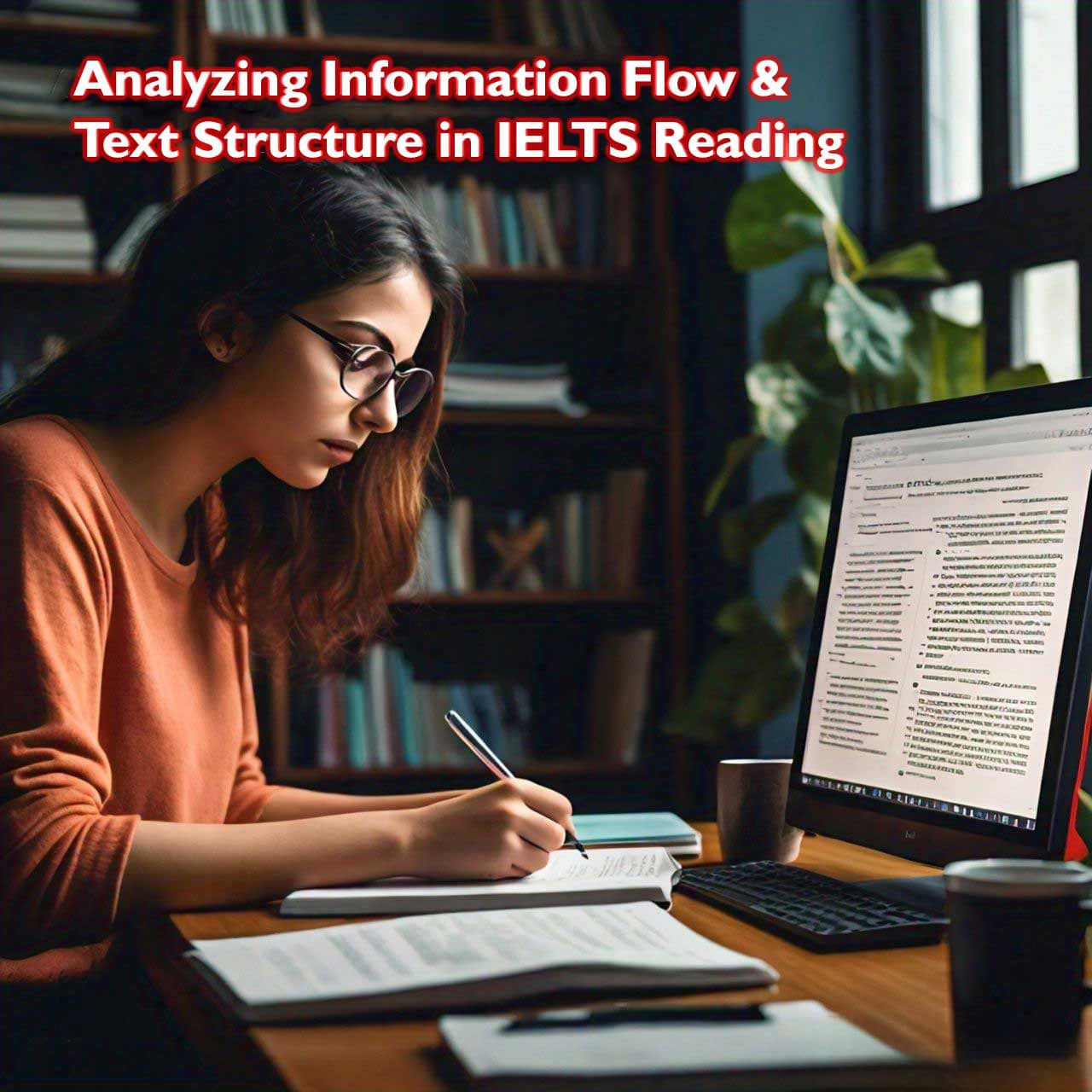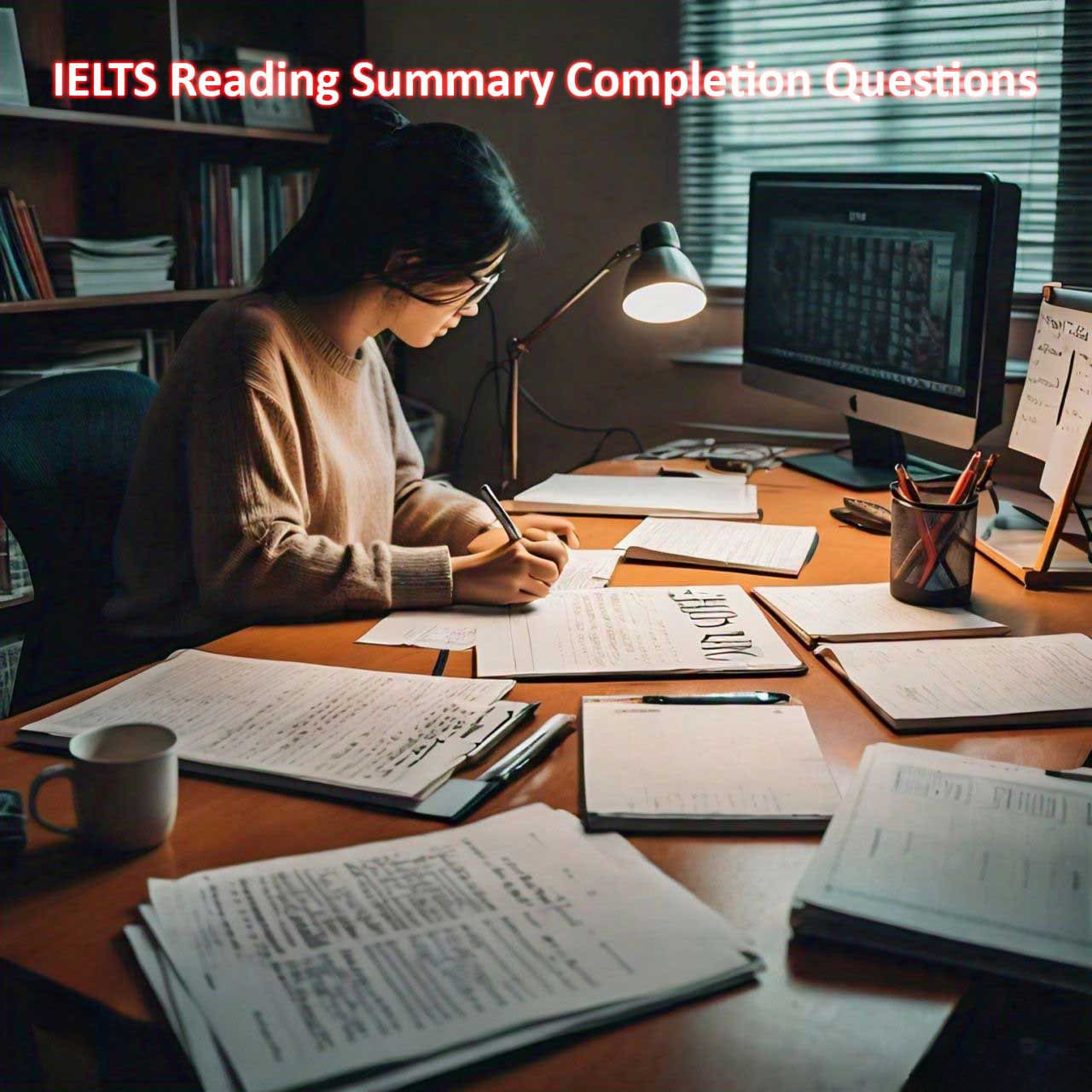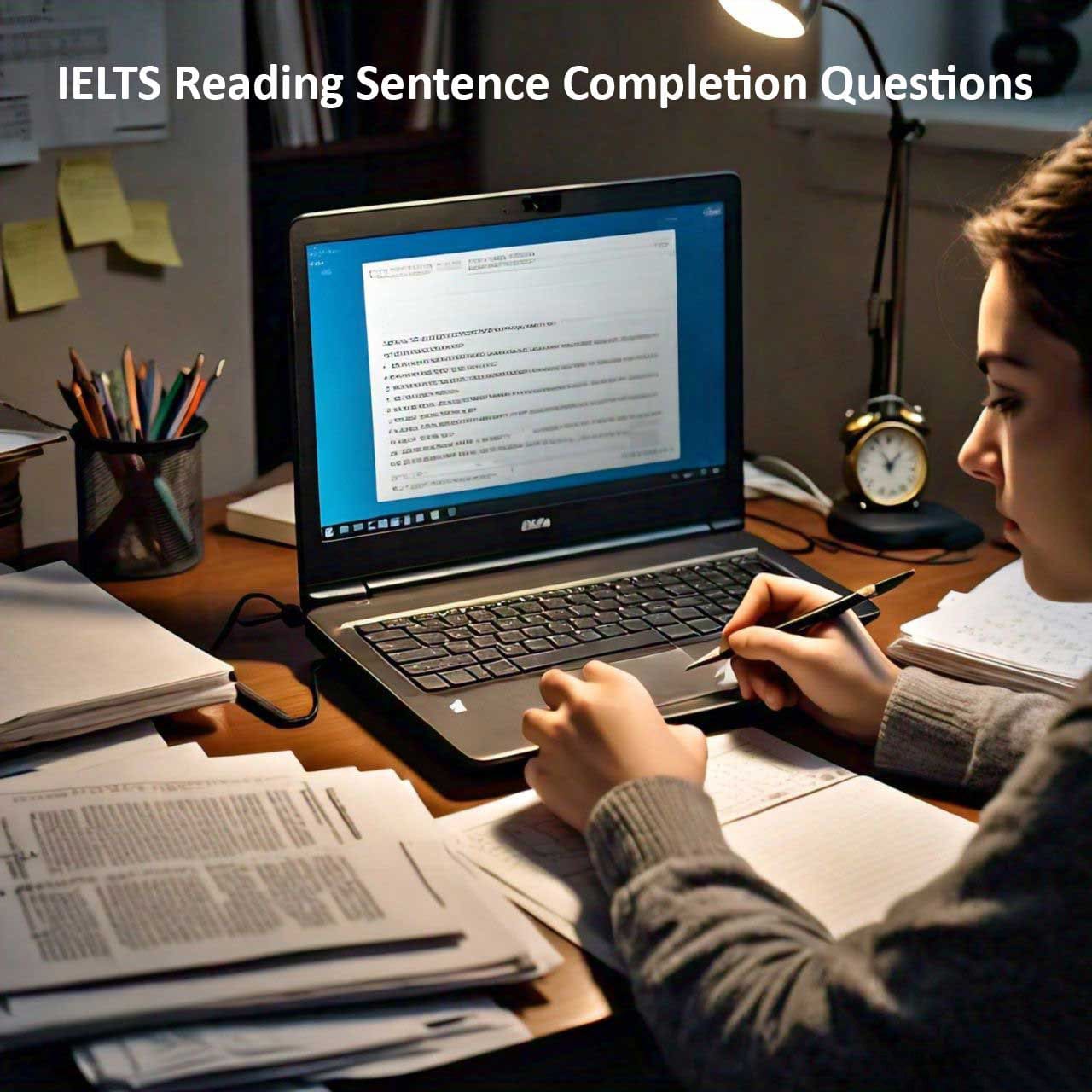Mastering the IELTS (International English Language Testing System) Reading section requires more than just understanding individual words and sentences. It’s essential to analyze the flow of information and the structure of the text as a whole to comprehend the passage effectively. In this blog post, we’ll explore strategies for analyzing information flow and text structure in the IELTS Reading test, helping you improve your comprehension skills and achieve a higher score.
Table of Contents
Understanding Information Flow
1. Identify Main Ideas:
– Start by identifying the main ideas or themes presented in the passage. This will give you a framework for understanding how the information is organized.
2. Recognize Supporting Details:
– Look for supporting details that provide evidence or examples to reinforce the main ideas. These details help to clarify and expand upon the central concepts.
3. Follow Chronological Order:
– Pay attention to the sequence of events or ideas presented in the passage. Information may be organized chronologically, which can help you understand the development of a topic over time.
4. Notice Cause and Effect Relationships:
– Identify cause-and-effect relationships between different pieces of information. Understanding why certain events or phenomena occur can deepen your comprehension of the passage.
Analyzing Text Structure
1. Identify Paragraph Structure:
– Analyze the structure of each paragraph, including topic sentences, supporting details, and concluding sentences. This will help you understand how ideas are organized within the passage.
2. Notice Signal Words and Transitions:
– Pay attention to signal words and transitional phrases that indicate shifts in ideas or relationships between concepts. Words like “however,” “in contrast,” and “moreover” signal changes in direction or emphasis.
3. Recognize Text Features:
– Take note of text features such as headings, subheadings, bullet points, and lists. These features can provide clues about the organization of information and help you navigate the passage more effectively.
4. Understand Text Types:
– Different types of texts (e.g., narratives, expository texts, persuasive essays) have distinct structures and purposes. Familiarize yourself with common text types and their organizational patterns to better understand how information is presented.
Strategies for Effective Analysis
1. Skim and Scan: Start by skimming the passage to get an overview of the main ideas and structure. Then, scan for specific details or keywords related to the questions.
2. Annotate the Text: As you read, annotate the passage by underlining key points, circling important words or phrases, and making notes in the margins. This active engagement with the text can help you stay focused and retain information.
3. Summarize Each Paragraph: After reading each paragraph, pause to summarize the main idea in your own words. This will reinforce your understanding of the text and help you track the flow of information.
4. Practice with Different Texts: Practice analyzing texts from a variety of sources and genres, including articles, essays, reports, and academic papers. This will familiarize you with different text structures and prepare you for the range of passages you may encounter on the exam.
Conclusion
Analyzing information flow and text structure is essential for success in the IELTS Reading section. By understanding how ideas are organized within a passage, recognizing key elements such as main ideas and supporting details, and employing effective analysis strategies, you can improve your comprehension skills and approach the test with confidence. Remember to practice regularly with a variety of texts and actively engage with the material as you read. With dedication and perseverance, you’ll be well-equipped to navigate the complexities of the IELTS Reading test and achieve your desired score.



